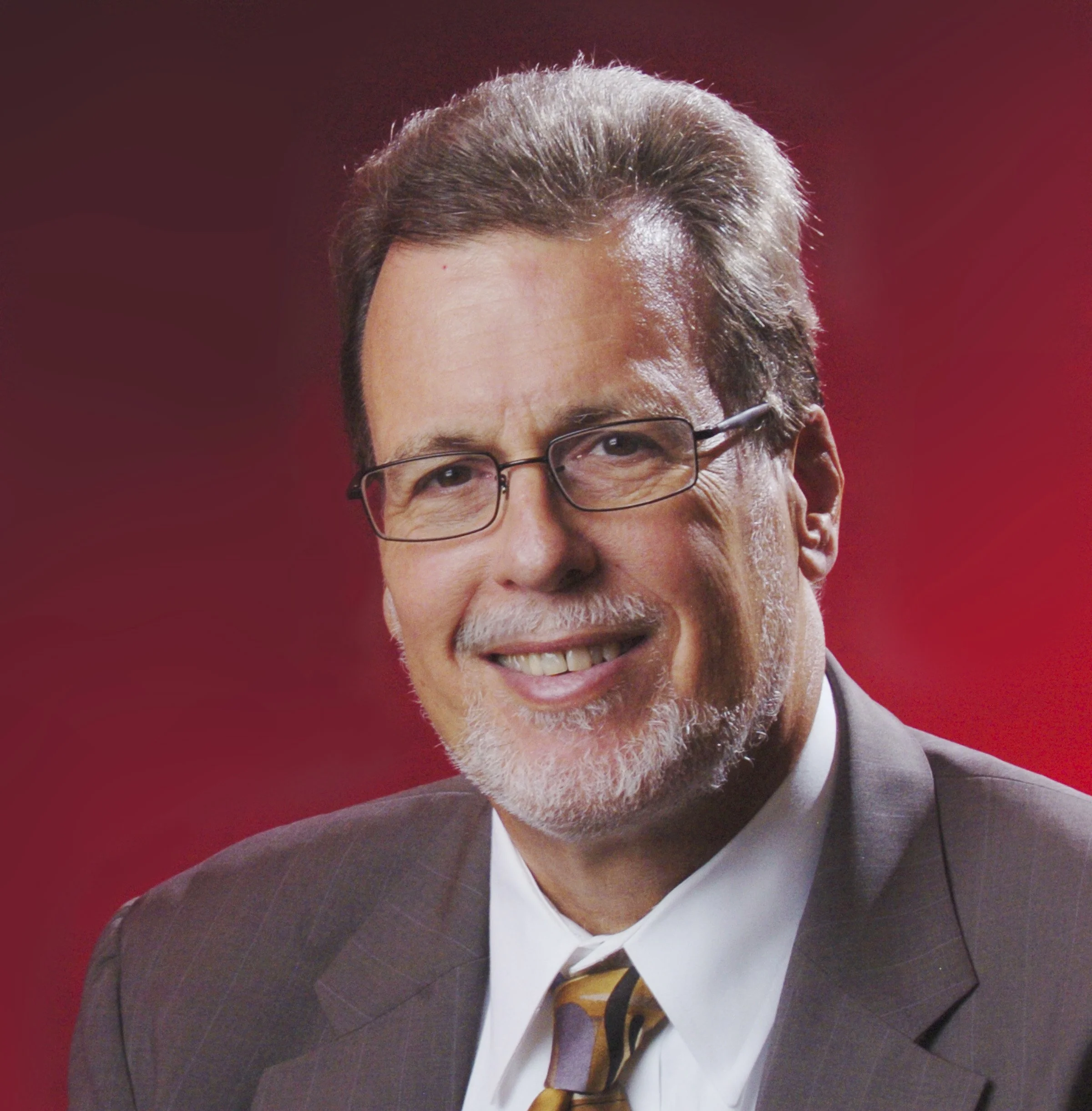Tim Harmon
2022
Tim Harmon remembers the night he first realized one of the underlying imperatives of journalism.
In the early 1990s, Harmon was managing editor in the early 1990s. A reporter had written a compelling story about a woman whose angry boyfriend had poured gasoline all over her and her bed and set them on fire. As she healed, her children, who had been removed from her after the fire, were not returned to her. Accompanying the front-page article was a graphic photo of the woman’s scarred face. The page designer was disturbed; why would we publish this, she asked.
“’Because next week,’” Harmon remembers telling the designer, “’she’ll get her kids back.’ And all of a sudden, I realized that’s why we do what we do. And the next week, she got her kids back.
“I’d been doing this for years, and I said the words. And then I heard them,” he says of that experience. “I’d heard ‘Be the voice for the voiceless’ and all of a sudden, it all came together for me.”
Making a difference became a driving force for Harmon, at the Times and then as the top editor of the South Bend Tribune for nearly 20 years.
He recalls investigations into illegally filed political petitions in St. Joseph County and disastrous budget-cutting and policy decisions at Indiana’s Department of Child Services. Harmon also takes pride in big breaking news stories, such as a plane crash in northwest Indiana one stormy night; the kidnapping and murder of 7-year-old April Tinsley that haunted Fort Wayne for four decades; western Kentucky’s triumph over southwest Indiana for a new Scott Paper plant; the revelation that a football fan had embezzled thousands of dollars from a small firm and spent it on University of Notre Dame football stars.
But Harmon also includes as high points of his nearly 50 years in journalism the valuing of diversity in hiring and in coverage, and combining resources with other media, such as “The State of Secrecy,” the ground-breaking, multi-paper examination in the 1990s of Indiana’s access to public records.
Editors are first and foremost charged with hiring and supporting the best employees, “empowering people to be their best journalist selves,” and sometimes breaking long-held rules that don’t always make sense, Harmon says.
In South Bend, that sometimes meant taking chances on projects that were risky, such as publishing serial narratives, sending a reporter into a Ku Klux Klan rally or investigating a popular priest accused of child molesting. It meant establishing necessary off-the-record conversations with law enforcement officials. It meant editorials that, among other things, held a power company accountable for shutting off heat to single parents and their children.
A Louisville native, Harmon was influenced to seek out a journalism career by his mother, who had been a reporter for the Paducah (Kentucky) Sun Democrat. He was managing editor of his high school newspaper and a stringer for a weekly before he studied journalism at Indiana University, graduating in 1974.
Harmon cut his teeth during short stints at the Evansville Press, Chicago Today, the Woodland (California) Daily Democrat and the Fremont Argus.
He became entrenched in journalism during his 11 years at the Journal Gazette in Fort Wayne, the last six as managing editor; as managing editor for two years at the Owensboro (Kentucky) Messenger; and as managing editor for five years at the Times of Northwest Indiana, which garnered many awards, including HSPA’s Blue Ribbon Newspaper, during his time there.
Harmon retired from the South Bend Tribune in 2013, returning to Fort Wayne and the Journal Gazette as an editorial writer. He retired from the Journal Gazette in December. As an editorial writer, he was most interested in civil rights and equal justice issues, health care, environmental protection and “responding to whatever heartless or potentially disastrous proposal is bubbling out of the Indiana legislature at the moment.”
“Harmon’s writing is effective because he sets the right tone, often with humor or an anecdote,” editorial page editor Karen Terhune Francisco wrote of his work pre-retirement, which won several statewide awards. “He sets a high standard for ethics, frequently being the first to raise questions or balance in reporting and opinion writing.”
Francisco and former Journal Gazette editor Craig Klugman both cite Harmon’s willingness to support and mentor young journalists and serve as an example.
“As an opinion writer, he could have confined his research to phone interviews and internet searches,” Francisco wrote. “Instead, he often (chose) to attend city council meetings or community forums and listen to debates firsthand, often working late into the night.”
It’s not a secret that practicing journalism is harder now, financially and practically, as the world grapples with the internet and “fake news.” Over the years, Harmon presided over three rounds of layoffs in the South Bend newsroom. Those memories – “That was a horror,” he says -- are still painful.
“The philosophical regret I have – I guess for most people who’ve been through newspapers in the same time period have – is, god, why didn’t we find a way to use the internet better earlier?” he wonders. “There was probably a time when if we had all sort of worked together and figured it out, people would have accepted the idea.”
But once journalism finds a sustainable model, the internet can also help journalists practice their craft more efficiently than ever, Harmon says.
Harmon, who’s 70, isn’t sure what he’ll do during retirement. He wants to resume his guitar playing. He’ll spend time with his family, including his wife, Linda, and four daughters. But he thinks writing will remain a part of his life, in some form.
“It’s an interesting way to live,” he says, “to be a journalist.”

